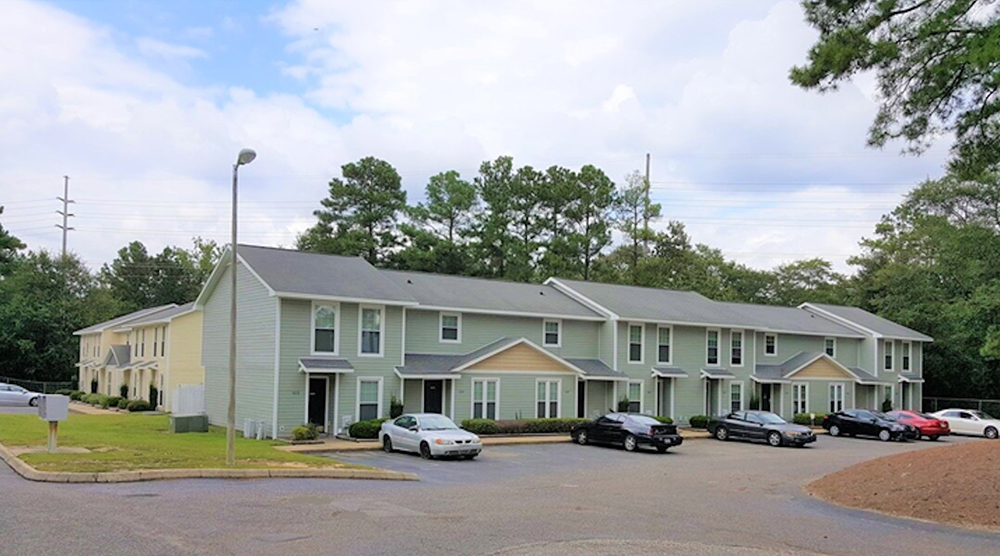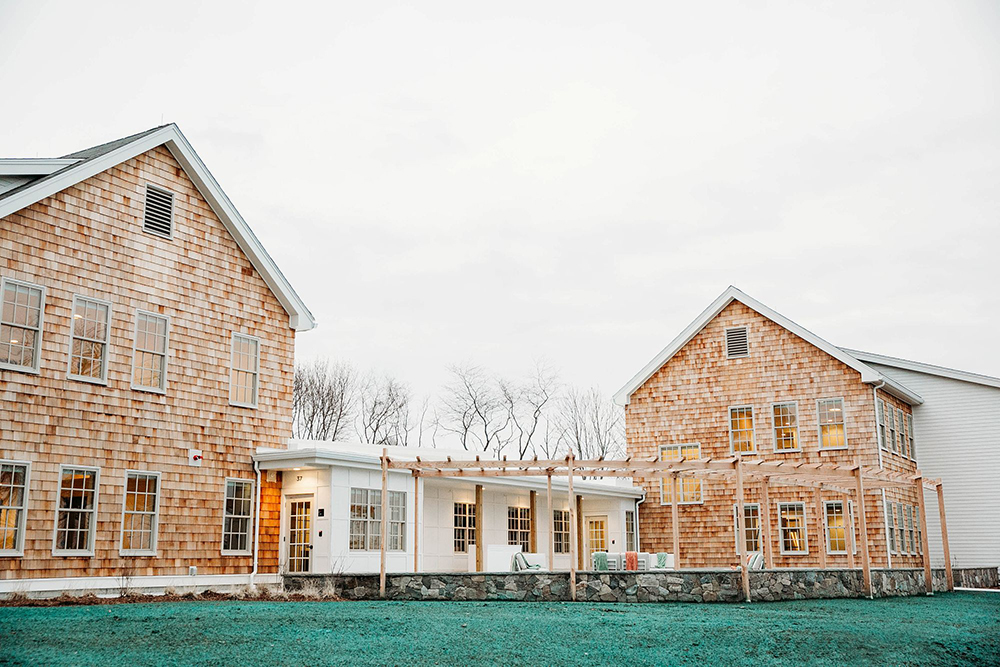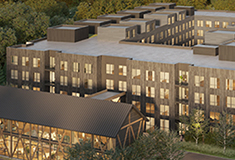News: Financial Digest
Posted: June 12, 2008
Opportunity missed by SJC to explain permitting issues
While reading recent Supreme Judicial Court (SJC) decisions addressing comprehensive permitting under G.L. c.40B, §§20-23, the statute more commonly known as Chapter 40B, it became difficult not to conclude that the SJC missed an opportunity to offer clarity on local permitting issues.
Chapter 40B allows an override of municipal zoning authority to promote affordable housing. It creates an expedited permitting procedure whereby an applicant approved by a State or Federal Housing Program, such as the Department of Housing and Community Development (DHCD) may make a single application to a local Zoning Board (ZBA) for a comprehensive permit instead of navigating through multiple applications within the Town over a staggered period of time. The ZBA is subjected to a streamlined procedure, and a denial (or imposition of uneconomic conditions) by the ZBA can be appealed to the Housing Appeals Committee (HAC), a unit of DHCD (1). To be permitted under 40B, 25% of the housing units contained in the proposed development must be affordable.
What, however, are affordable units?
Terms like Chapter 40B; affordable housing; and low-income housing have been morphed together. Although part of the same universe, they are, however, separate planets. The 40B permitting process allows a development containing an affordable component to be permitted in an expedited manner. Chapter 40B is supposed to promote affordable housing; essentially housing that is affordable to households earning 80% (2) of Average Median Income ("AMI") (3). Low-income housing serves households earning less than 60% of that area's AMI. Low-income housing tends to create rental units utilizing State or Federal subsidies to plug financing gaps, including low-income housing and historic tax credits, tax-exempt bonds, HUD subsidies, FHA insurance/below-market-rate loans, or federally based State/Local subsidies, such as HOME Funds, or CDBG grants. A 40B project may be conventionally financed. Both methods place restrictions on rents or sales prices for households of certain income levels. Although the word "affordable" in the housing context may evoke the passionate cry of NIMBYism, albeit disguised as a more lofty concern; it should not do so, as a project permitted under 40B may have an affordable component, but it is not a low-income dwelling house, or a housing project. Today, affordable units in a 40B project are aesthetically indistinguishable from the market-rate units; it is their interior finish that is more determinative of their below-market rate pricing.
Affordable housing can allow senior citizen renters to pay $1,100 a month for an apartment that would otherwise rent for $1,500; or educators, first-time homebuyers, and first responders to buy a home for $320,000 that would otherwise sell for $440,000. Build 25% of your units in this manner, and you can apply for a comprehensive permit under 40B (4). Because Chapter 40B allows ZBA's to deny a 40B application (5) with impunity if 10% or more of the Town's housing inventory is affordable, how this subsidized housing inventory or SHI is calculated, and its composition are important local issues.
In Town of Hingham & another v. Department of Housing and Community Development, No. SJC-10013, May 27, 2008, the SJC was presented with the question of whether DHCD correctly determined that only 25% of the units in a continuing care retirement community would be counted toward the Town's SHI. As DHCD's decision was not a final action, the SJC avoided the question, deciding that it lacked subject-matter jurisdiction because the Town had failed to exhaust its administrative remedies. In Town of Wrentham v. West Wrentham Village, LLC & another, No. SJC-10066, May 27, 2008, Wrentham's ZBA denied an application for a comprehensive permit under 40B, arguing that the Town's SHI exceeded 10% by including 300 units from a facility for the mentally disabled managed by the Commonwealth. HAC reversed the ZBA's denial. The SJC once again sidestepped the issue by ruling that it lacked jurisdiction over the matter, as the Town had not exhausted its administrative remedies.
Whether the SJC was correct in determining that it lacks subject-matter jurisdiction is not the question posed by this article. Rather it is to ask why, with a statute as opaque as 40B, the Court would not have taken the opportunity, even as an obiter dictum, to issue some transparency as to how Towns could count affordable units; and whether facilities for the mentally disabled or continuing care retirement communities contain affordable housing units. This to me is an opportunity missed.
(1)84% of HAC cases have favored the developer.
(2) In Boston, $66,150 for a family of 4.
(3)AMI varies from place to place, and is set by HUD.
(4 )20% of the units can go to renters earning 50% of AMI.
(5) A Town may be granted a moratorium on 40B applications where it has increased its SHI by 2% over the prior 12 months, or it has a 0.75% SHI increase and an approved Plan of Production.
Warren Kirshenbaum is an attorney at Orsi Arone Rothenberg Iannuzzi & Turner, LLP, Needham, Mass.
Tags:
Financial Digest
MORE FROM Financial Digest
Preservation of Affordable Housing secures $23.5 million in financing from Rockland Trust and Citizens Bank
Cambridge, MA The nonprofit Preservation of Affordable Housing (POAH) has secured $23.5 million in financing from Rockland Trust and Citizens Bank to transform a 150-year-old, underutilized church complex into housing. The project will ultimately create 46 affordable family-sized apartments.
Columns and Thought Leadership

Conn. hospitality market: A technical appraisal perspective on market dynamics and valuation challenges (2019-2025)
The Connecticut hospitality market has demonstrated uneven recovery patterns between 2019 and 2025, with boutique and historic properties achieving $125 RevPAR in 2025, up 8.7% from the 2019 level. Coastal resort properties achieved a $105 RevPAR in 2025, representing 10.5% growth since 2019. Casino corridor properties maintained modest growth with RevPAR improving 4.5% to $92 in 2025.

Examples of investors who used Kay Properties for legacy and estate planning purposes for rental property/portfolios - by Dwight Kay
Preserving wealth across multiple generations requires strategic planning, foresight, and the right investment vehicles. Delaware Statutory Trusts (DSTs) offer a powerful solution for families looking to build and protect their financial legacy and to efficiently plan for their estate.









